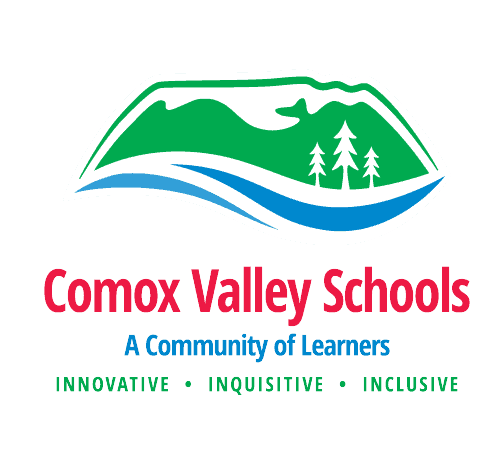Advocating for your Child
Advocacy is the promoting and defending of another person’s rights, needs and interests. An advocate is someone who speaks up for others. An advocate might find information, go along to meetings as a support person, or write letters for another person.
If your child is not having their needs met, or is being denied their rights, they may need someone to advocate for them. You know and understand your child better than anyone else. If people are making decisions for and about your child, your voice and point of view, and your child’s point of view, help to make sure these decisions are in your child’s best interests.
You are not alone. If you need to, you can get support from other people to help you advocate for your child. You could ask a family member, friend, volunteer or professional advocate to help you. The Indigenous Education team is also here to assist.
Connect with the Indigenous Parents Advocacy Club (IPAC) to meet other Indigenous parents in our community. IPAC Indigenous Parents Advocacy Club
If you are a member of the K’omoks First Nation, please contact the KFN Success Coordinator, Meet Natasha Rainkie
What is an Individual Education Plan?
An Individual Education Plan (IEP) is an educational plan developed by teachers, support staff, and parents. They work together as a team to meet the needs of individual students who require a range of supports. The team develops outcomes or goals based on a student’s current needs and skills, and writes the plan for the school year. The written plan is called an IEP.
Who needs an IEP?
Students have a wide range of needs. Most IEPs are written for students who need support for behavioural and learning or cognitive skills. An IEP will be developed when parents and staff together decide that this is the best way to meet a student’s special needs. An IEP must be developed for a student who needs course modifications (M designation) or individualized programming (I designation).
Purpose of an IEP
The purpose of an IEP is to provide a plan to help a student meet individual outcomes or goals beyond his or her current skills. For this reason, an understanding of what a student can and cannot do is essential to the individual education planning process. Each IEP is individual to the student for whom it is designed. As members of the IEP team, parents have a right to be part of the individual planning process and to sign the IEP for their child.
Essential Components of an IEP
- student information and background that helps to inform their current understanding and levels
- agreement from staff and families on the student’s abilities and needs
- student-specific outcomes or goals
- goals
- teaching methods, materials, and strategies
- the names of team members who will implement the IEP, and the setting(s)
- where it will be implemented
- plans and timelines for evaluation and review stages
Stages of an IEP
- gathering and sharing information (Includes needs, strengths, characteristics, and personality of student)
- setting direction (sets priorities for student’s learning needs)
- developing and writing the IEP (specifies outcomes and goals for the school year)
- implementing and reviewing the IEP (team members review the student-specific outcomes and decide how they will know when the student has met the goals)
For more information, visit https://bccpac.bc.ca/upload/2016/05/iep_guide_2014_0.pdf
Resources
- First Nations Health Authority (health care coverage for registered first nations members) https://www.fnha.ca/
- Jordan’s Principle Ensures all First Nations children living in Canada can access the products, services and supports they need, when they need them. Funding can help with a wide range of health, social and educational needs, including the unique needs that First Nations Two-Spirit and LGBTQQIA children and youth and those with disabilities may have. To find more information and how to apply, visit https://www.sac-isc.gc.ca/eng/1568396296543/1582657596387 . Requests for Inuit children can be made through the Inuit Child First Initiative. https://www.sac-isc.gc.ca/eng/1568396042341/1568396159824
- Métis Services To learn more about how to connect with family services visit http://metis.ca/programs/. To access our local Métis association, visit the MIKI’SIW Métis Association at https://comoxvalleymetis.com/
- Psych Ed Assessments https://bcparent.ca/health/demystifying-psycho-ed-assessments/. The Universities of British Columbia and Victoria offers psychological services that are accessed on a fee-for-service. This is via sliding-scale fee based on family income, number of dependents and ability to pay. Assessments: individuals must be referred by a physician or health care professional. For psychotherapy, individuals may be referred by a physician or health care professional or they may self-refer. The clinics are operated through their university graduate students. To find out more visit, https://clinic.psych.ubc.ca/ (UBC) and https://www.uvic.ca/socialsciences/psychology/research/clinic/index.php (UVIC).


